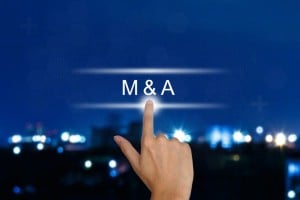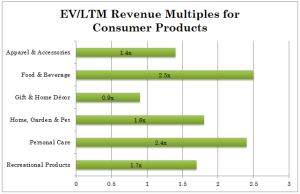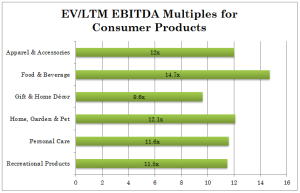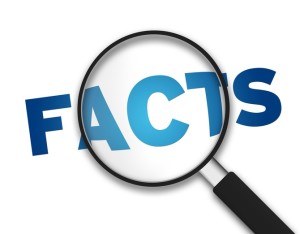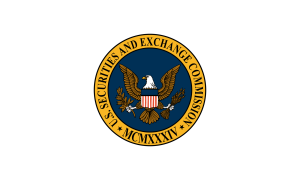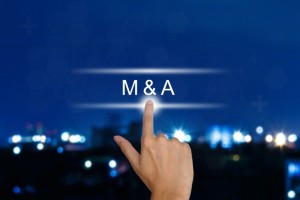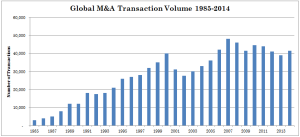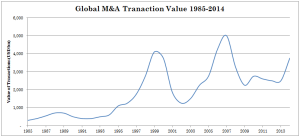The Problem With Business Value Calculators (And Why You Should Hire An Investment Bank Instead)
The Problem With Business Value Calculators (And Why You Should Hire An Investment Bank Instead)
If you’re a business owner interested in selling your company, it’s likely you’ll be tempted to use online tools such as Business Value Calculators to help you figure out where to start. However, using these business value calculators can often be risky - these tools frequently provide misleading or outright inaccurate data that can seriously jeopardize your prospects for a successful sale.
The issues with business value calculators are numerous. At their essence, they lack the complexity of real life. In an actual M&A transaction, the final price that a seller receives depends on a multitude of multifaceted factors, including (but not limited to) the sellers financial statements, the condition of the seller’s company, industry conditions, macroeconomic market conditions, and perhaps most significantly, the preferences of the buyer.
As the adage goes, “garbage in, garbage out.” Business value calculators are designed to be quick and easy tools that anybody can use, meaning that they avoid complex and difficult data. But without sophisticated data, these calculators can’t give you sophisticated results. Instead, most calculators simply ask for your company’s industry and its EBITDA (earnings before interest, taxes, depreciation, and amortization. (EBITDA is, oftentimes, used as an approximation of cash flow.) With that minimal data, the business value calculator quickly makes an educated guess based on industry averages. Unfortunately, this method is only accurate if you happen to be selling the most average firm in the world, to the most average buyer in the world, during the most average economic conditions in world history. Therefore, in almost all cases, the results of business value calculators will only mislead you either into a false sense of security due to overvaluation, or into a false sense of defeat due to undervaluation.
To be fair, business value calculators can be useful if you run a particularly small business (e.g., less than US$5 million in annual revenue), where minor differences in valuation are just that, minor. If your business is larger, a minor undervaluation could mean that you’ll lose a million or more dollars. In fact, it’s exactly in these sorts of situations that you may want to consider hiring an M&A advisory firm. Even for small business owners, representation by a boutique investment bank means that you’ll receive an accurate valuation for your company, and therefore be in the strongest possible position when price negotiations begin with potential buyers. The investment bank will also know how to push the valuation to its maximum.
Versailles Group is a Boston-based boutique investment bank. For over 28 years, Versailles Group's skill, flexibility, and experience have enabled it to successfully close M&A transactions for companies with revenues between US$2 million and US$250 million. Versailles Group has closed transactions in all economic environments, literally around the world. Versailles Group provides clients with both buy-side and sell-side M&A services, and has been completing cross-border transactions since its founding in 1987.
For more information, please contact








